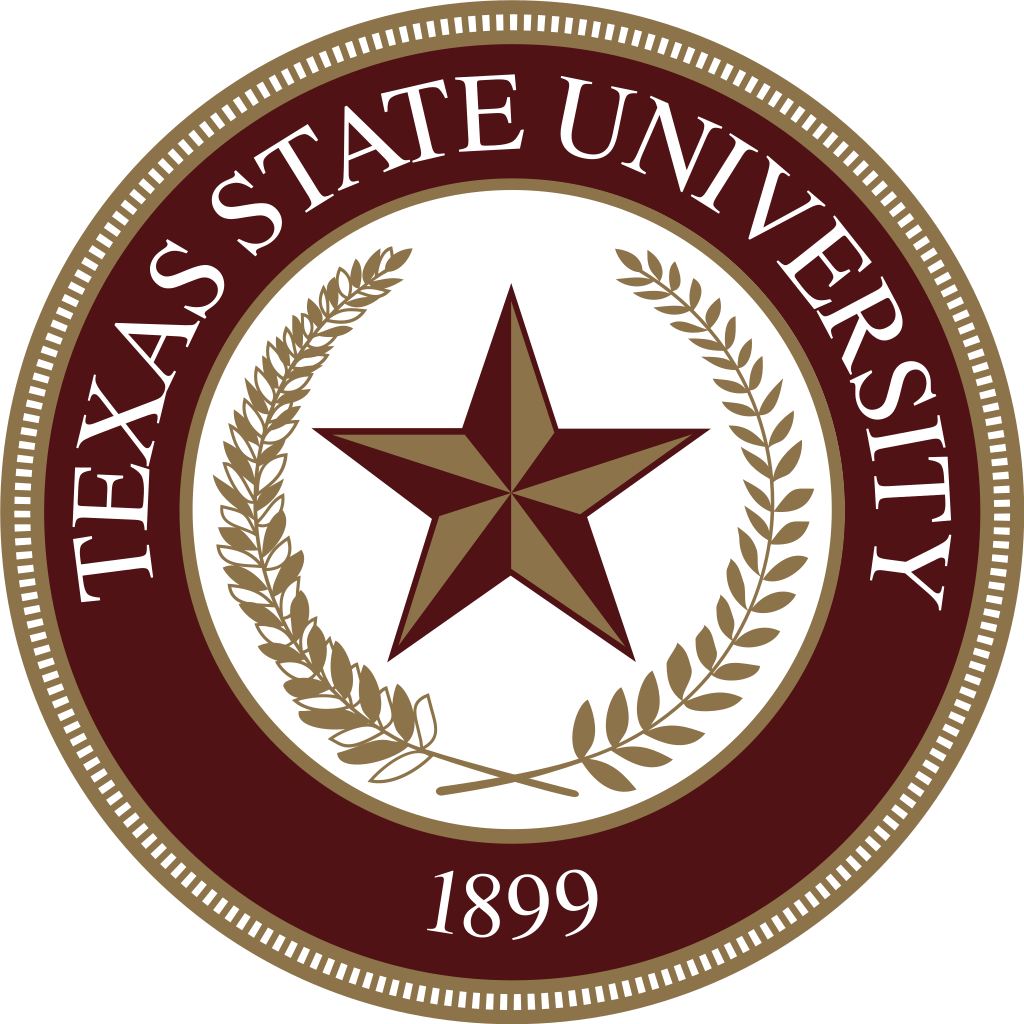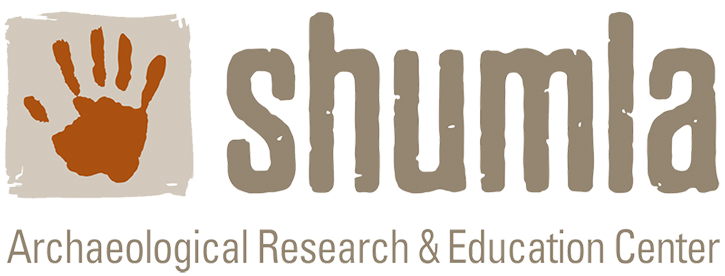Shumla Volunteer Blog: Robert Stein
Hello! My name is Robert Stein, and I have had the pleasure of volunteering for Shumla during my Fall semester of 2023. During my time working with Shumla, I have worked on digitizing physical collections of Pecos River Style rock art documentation donated to Shumla.
About Me
I am a Junior at Texas State University, and I am studying to get my degree in Archaeology with a minor in History. I have been interested in Archaeology for as long as I can remember, and gained an interest in Native American history after discovering artifacts while working on my family’s ranch near Burnet, TX. I first heard about Shumla in 2022 and became interested in their work after speaking with Executive Director Jessica Hamlin. Fortunately for me, Shumla has a location on campus at Texas State in San Marcos, and accepted me to work as a volunteer starting in August of 2023. My volunteering work with Shumla has been my first real opportunity to contribute to the preservation of the history of the Americas.

My Experience with Shumla
While volunteering with Shumla, I worked under the supervision of Preservation Archaeologist David Keim. Shumla’s team in San Marcos was immediately very welcoming, and after informing me about their work, let me get into hands-on volunteer work almost immediately. I worked on a project that consisted of digitizing binders of physical photos donated to Shumla in the 1980’s and 90’s. These binders contained slide films, photo negatives, and photo prints of Lower Pecos region rock art sites, the surrounding areas, and anything else that the rock art preservation team that took them captured. The first binder alone contained over 200 images, some of which were not pertinent to the rock art but most of which contained detailed photographs of the magnificent Pecos River Style rock art or the viewsheds surrounding these sites.
The Curt Harrell Collection Project
In 2020, collections of binders of photos taken in the 80’s and 90’s in the Lower Pecos region by a photographer named Curt Harrell were donated to Shumla. The project I worked on, the Curt Harrell project, dealt with digitizing these collections for Shumla’s archives. In order to digitally preserve and archive these collections, I first had to scan them into the computer. Most of the pictures I worked with were slides that I scanned in using a Nikon Super Coolscan 5000 ED. First I would dust them off to remove any particles that might intrude on the image, and then put them into the scanner. After scanning a preview of each image into the computer, I would determine if the slide was a site or site viewshed. If the photo was relevant, I would scan it into the computer and save the digitized file. The negative slides were a bit easier to scan in, as I could scan them in by batches of 5 at a time. I sorted the digitized photos by site, date they were taken, and what medium they were taken on. I would then assign them each a unique alphanumeric Legacy Number, and enter data about each picture and any notes I had into an excel spreadsheet. Throughout my work on this project, I was also provided with lots of reading to further educate myself about Pecos River Style rock art and Shumla’s work with it.
Conclusion
My time volunteering with Shumla has provided me with invaluable experience, connections with Shumla’s team, and the opportunity to put work into something that I believe matters. I have learned quite a bit about archaeology and Pecos River Style rock art, and I intend to continue volunteering with Shumla throughout my upcoming spring semester. I hope to remain involved in Shumla’s work after my volunteering concludes, and am grateful to Shumla for the opportunity to contribute to their mission! I would like to thank Jessica for introducing me to Shumla, and the fantastic staff at Shumla San Marcos for helping to make my volunteering work so fulfilling and enjoyable.
